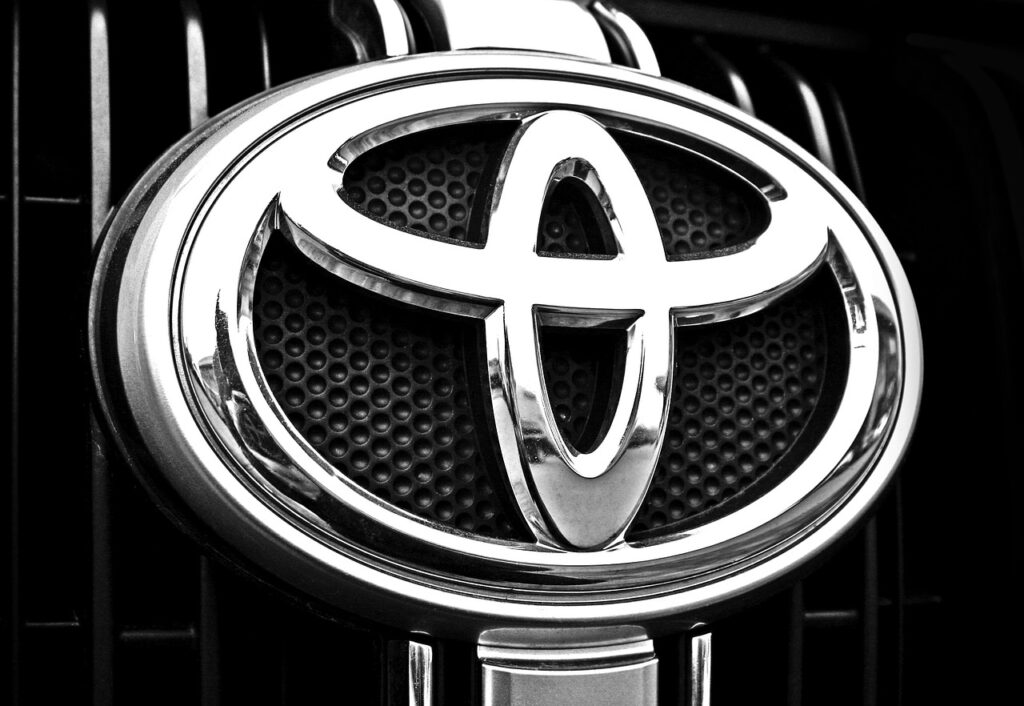Toyota has been at the forefront of hydrogen car development, envisioning a future where zero-emission vehicles powered by hydrogen fuel cells revolutionize transportation.
However, despite its pioneering efforts, the journey towards mainstream adoption has been fraught with challenges and setbacks.
While Toyota’s Mirai hydrogen cars initially garnered excitement and interest, the reality of owning and operating these vehicles has been met with mixed reactions. Rising concerns over fuel costs, limited refueling infrastructure, and plummeting resale values have cast a shadow over the once-promising technology.
Early adopters of the Mirai have encountered unforeseen obstacles, including the inadequacy of hydrogen refueling stations, particularly in markets like California. With stations closing or facing supply chain disruptions, some owners have resorted to seeking buybacks from Toyota or pursuing legal action due to their unsatisfactory ownership experience.
Toyota’s substantial investment in hydrogen car development underscores its commitment to sustainable mobility. Despite its long-standing efforts dating back to the early 1990s, the lack of infrastructure development and rising fuel costs have posed significant challenges for both the automaker and consumers.
The limited availability of hydrogen refueling stations, coupled with technical challenges such as nozzle freezing, has exacerbated the practicality issues associated with hydrogen cars. Drivers often face lengthy refueling times and logistical hurdles, diminishing the convenience of owning these vehicles.
While hydrogen cars hold promise as a zero-emission alternative, overcoming infrastructure limitations and addressing consumer concerns are critical for their widespread adoption. Automakers must prioritize infrastructure expansion and technological advancements to enhance the viability and appeal of hydrogen-powered vehicles.





